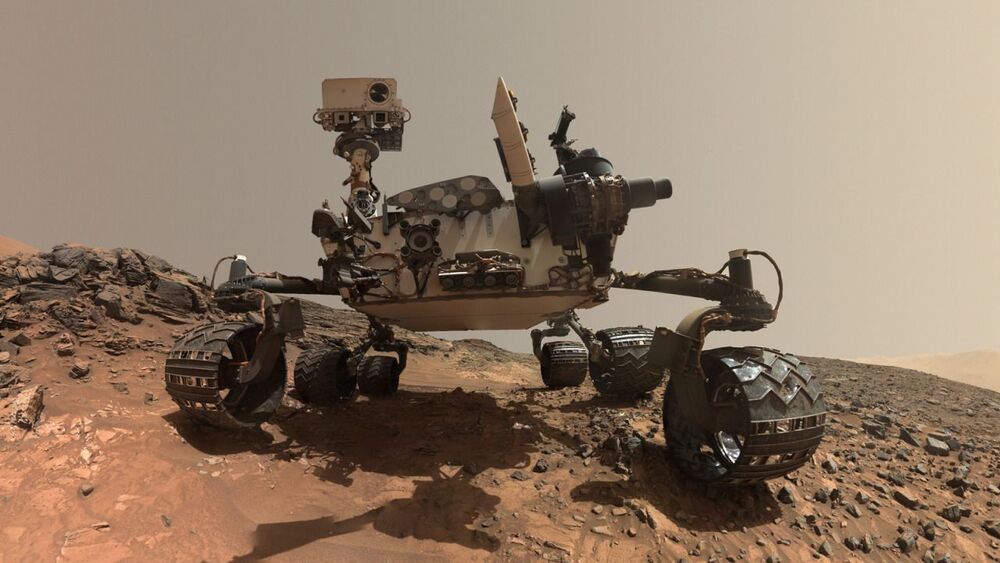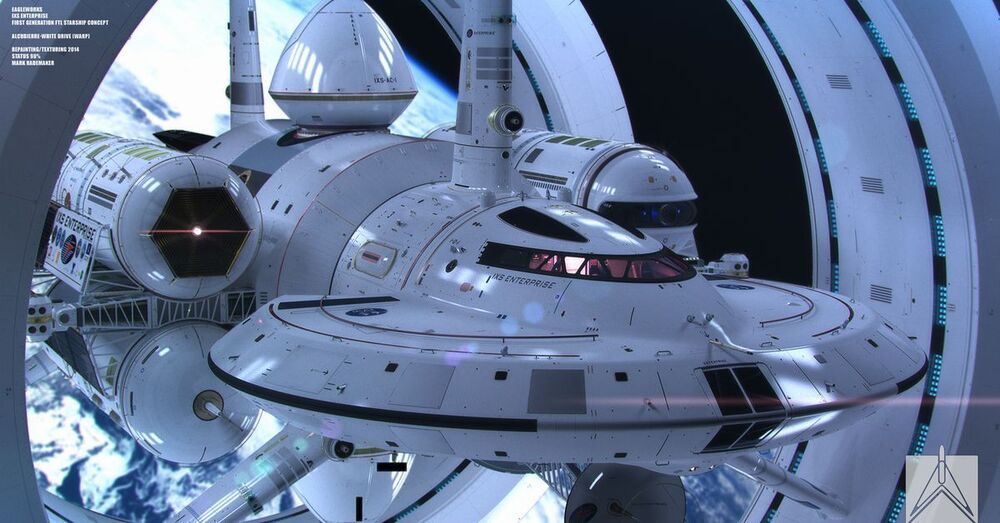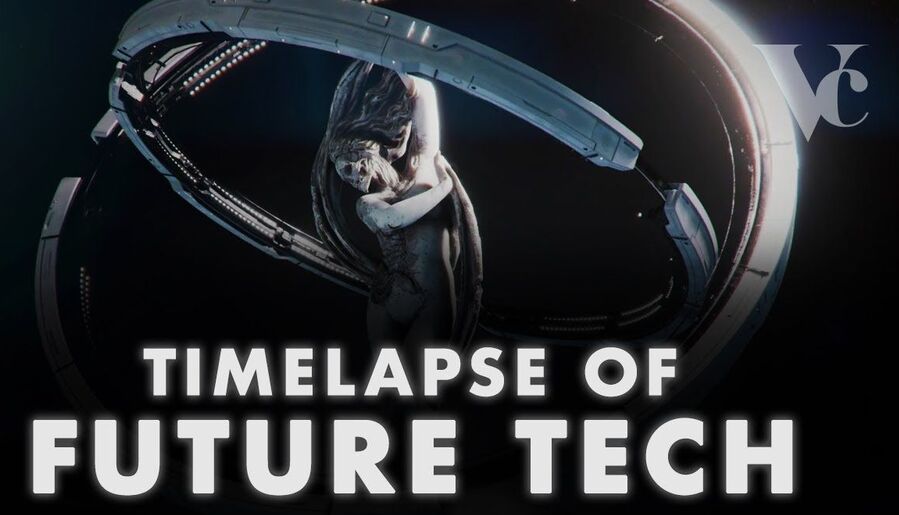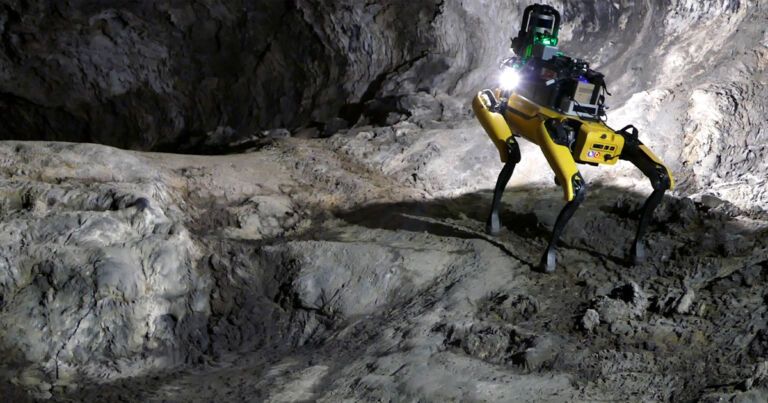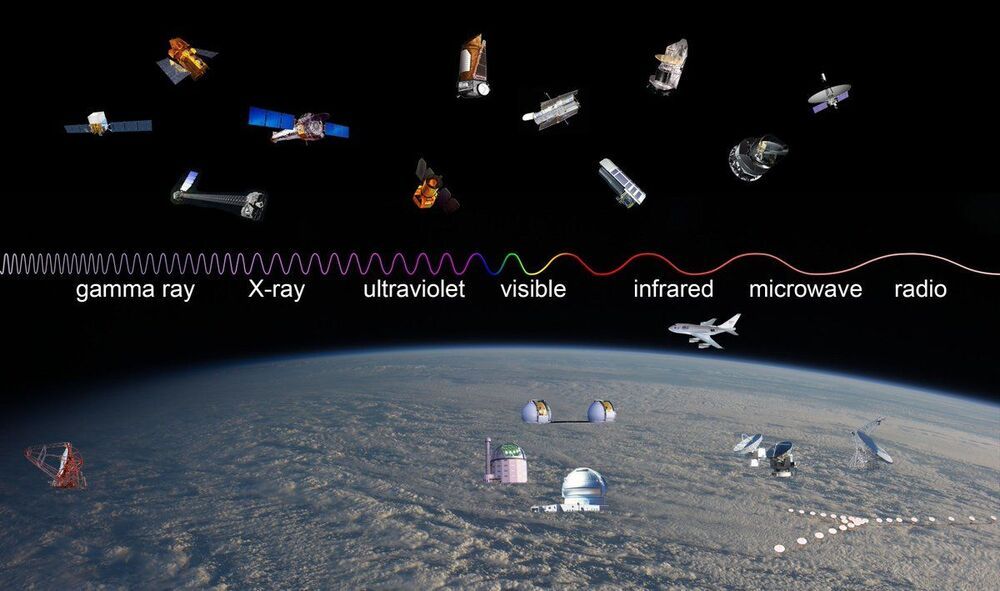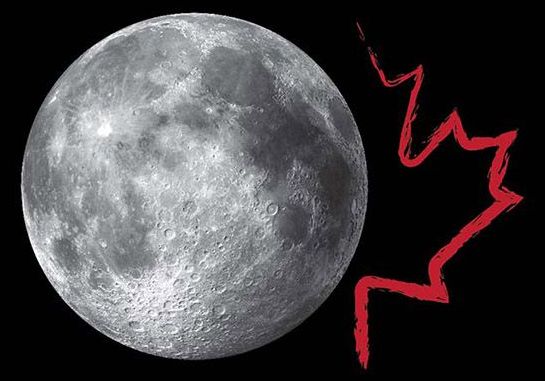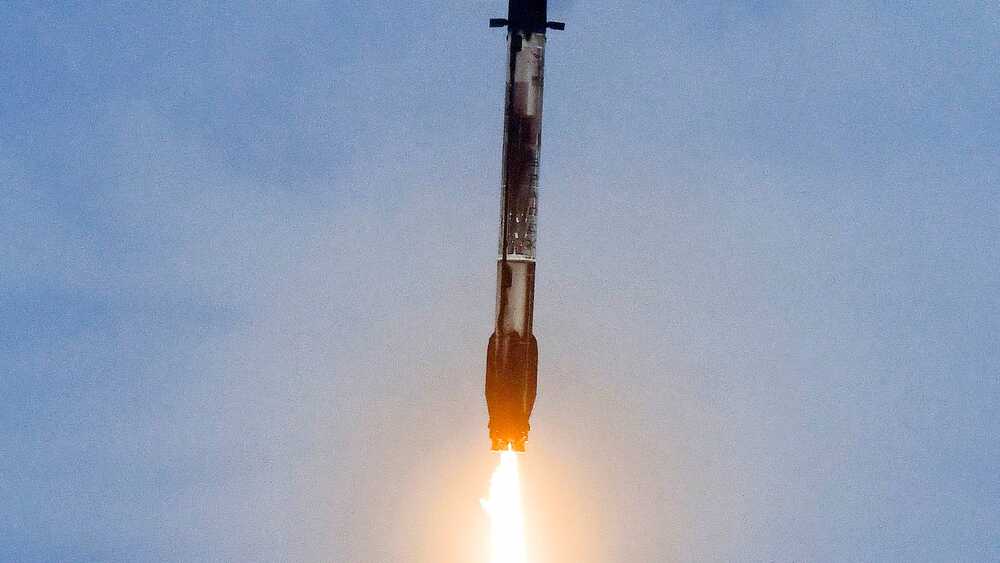Eighty-one years ago, our world-class research center in California’s Silicon Valley was born. Ground broke on Ames Research Center on Dec. 20, 1939. It was the second aeronautical laboratory established by the National Advisory Committee for Aeronautics to perform fundamental research on all things flight. From its very beginnings, Ames was a place for innovation. Tests performed in its wind tunnels transformed military aircraft during World War II and paved the way for air travel at supersonic speeds. In the 1950s and ‘60s, its researchers looked to the stars and came up with new designs and materials for spacecraft that would make human spaceflight a reality. Fast-forward to the present, and the center contributes to virtually every major agency mission through its expertise in spacecraft entry systems, robotics, aeronautics, supercomputing, and so much more! Here are things to know about Ames.
The Volatiles Investigating Polar Exploration Rover is the latest lunar exploration mission led by Ames. Launching in 2023, the mobile robot will search for water ice inside craters and other places at the Moon’s South Pole. Its survey will help pave the way for astronaut missions to the lunar surface beginning in 2024 as part of the Artemis program.
Make sure to follow us on Tumblr for your regular dose of space: http://nasa.tumblr.com/.
